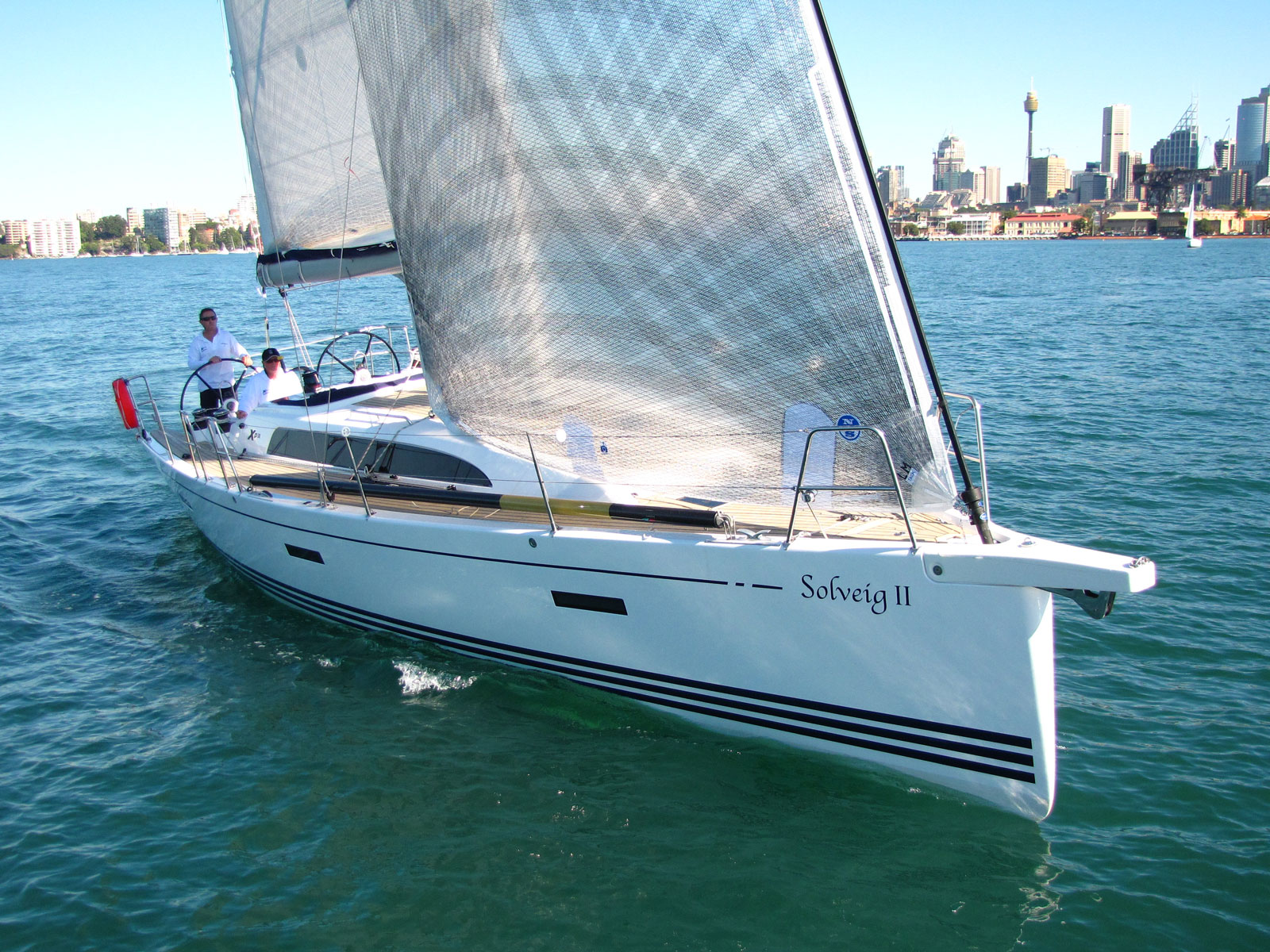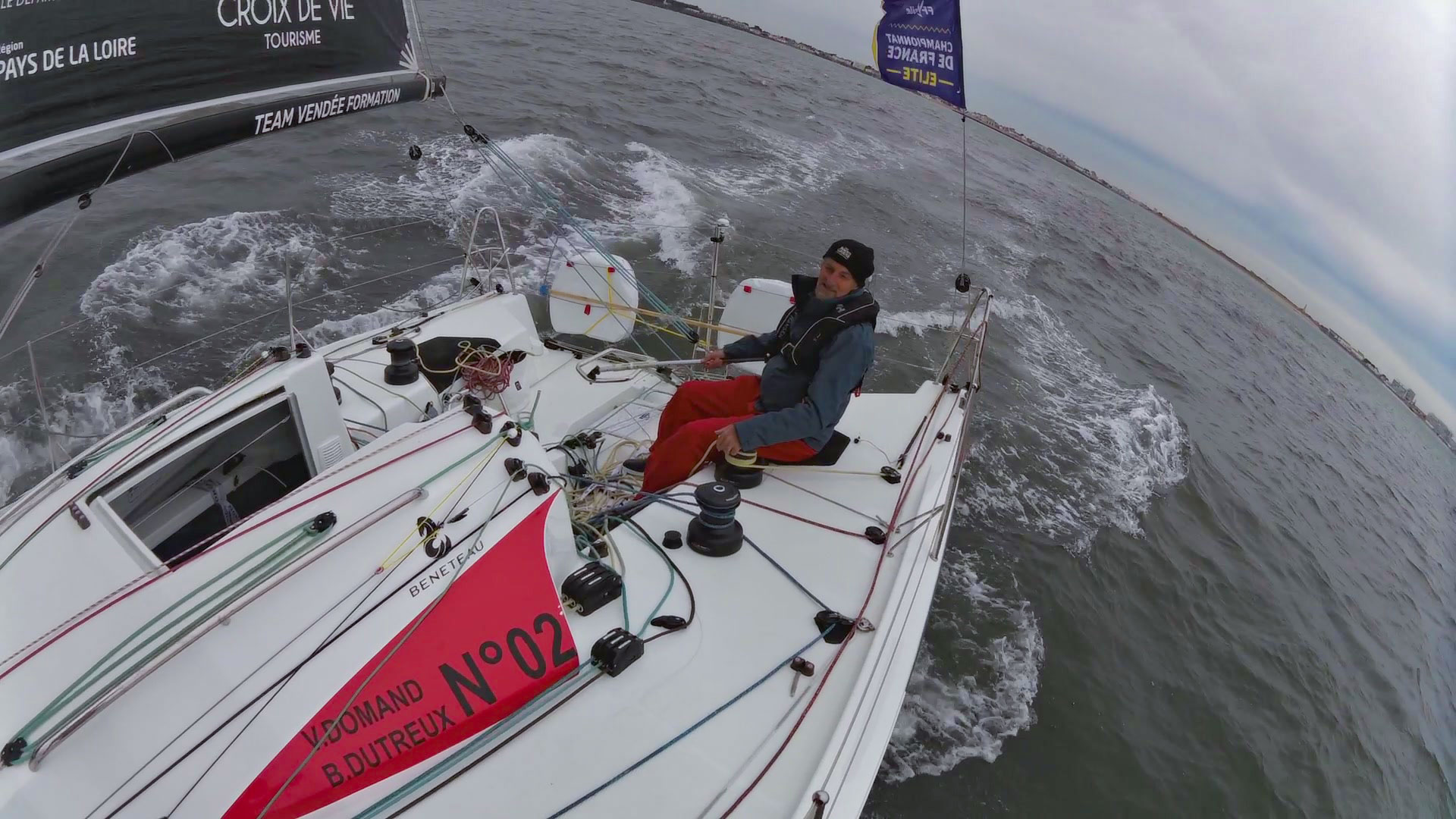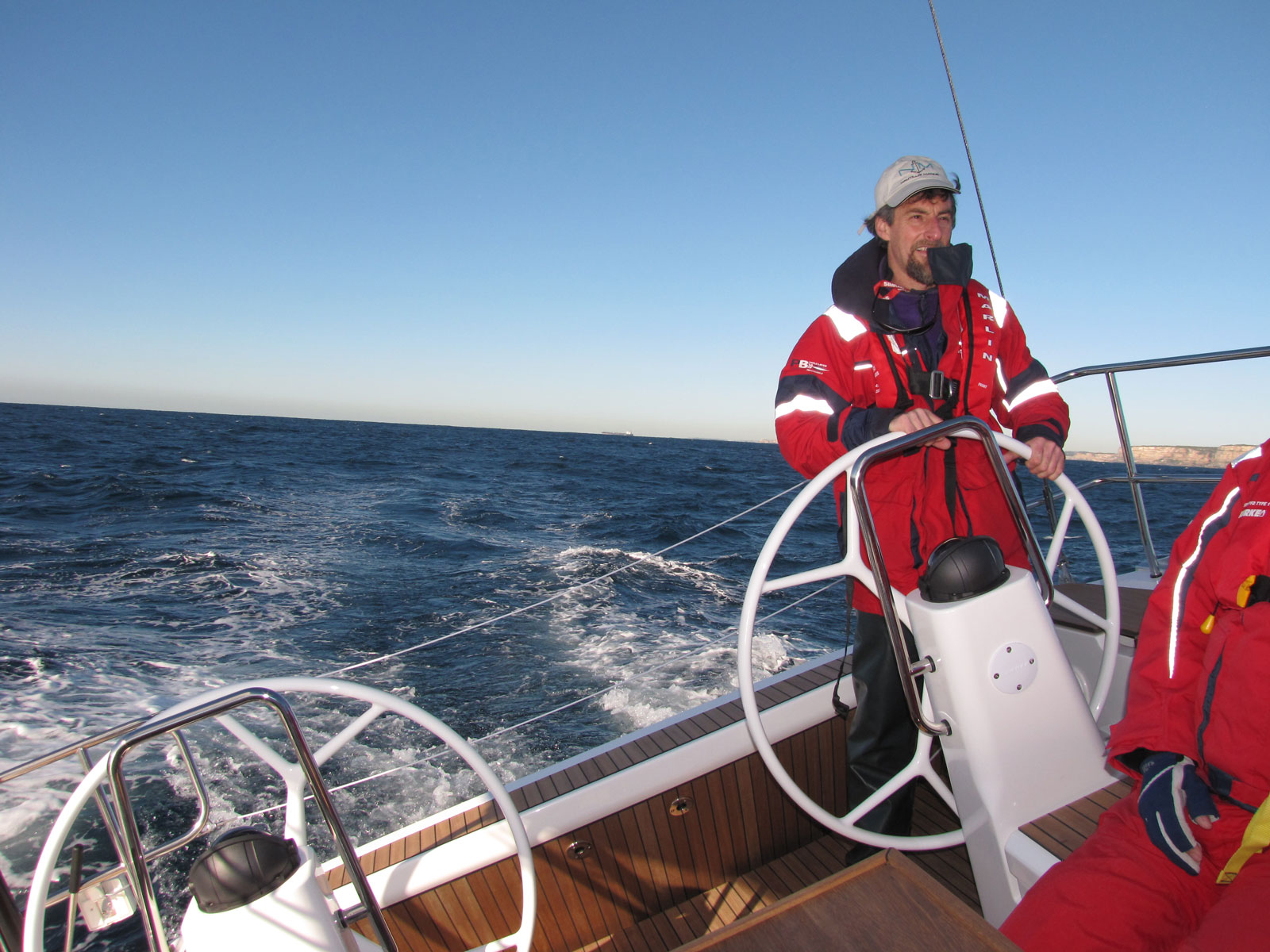Boat Handling: Learn Yacht Sailing
The joy of using the wind for propulsion is nearly as old as mankind's desire to travel and one of the most enjoyable forms of boating.
Sailing boats come in many shapes and rig configurations but all work on the principle that the wind fills their sails and a keel keeps them upright while doing so. From the humblest dinghy - which is often the starting point for many beginners – to the larger cruising yachts, this principle is the same. Larger ones have auxiliary power – an inboard or outboard engine – which means they have two distinct modes of operation. That is under power and under sail. This is a fact I always explain to my guests when working as a yacht skipper charter, so that they are aware of how the vessel literally comes alive once the sails are hoisted.
Sailing Yacht Design
The design of a basic sailing yacht is one of man's most natural creations that dates beyond the sixth century BC because it uses very simple principles for movement. Under sail, the power generated by the airflow across the curvature of the sailcloth creates horizontal lift that propels the vessel forward. Unless a keel is added, the pressure will knock the vessel over. So the two key parts are hull shape and keel shape. To begin with, just look at how a sailing dinghy operates. It may have a mainsail and foresail. To keep it upright a lifting keel or daggerboard protrudes from the bottom of the hull and it's steered by a rudder/tiller.
Stability is added by the sailor on dinghies, who may choose to lean against the wind, to act as moveable ballast. Larger vessels upscale all aspects of this. So, for instance a cruising yacht will have a voluminous hull because of accommodation and thus a larger/heavier keel to maintain stability. The more volume above the water, the more windage and the more weight, thus the more power is required from the sails. The beam-to-length ratio or how fat it is; also dictates how it performs both under power and sail. Basic physics really. Applying these principles in different ways creates different kinds of yachts. Thus light hulls and large sails make for good racing yachts, while heavier hulls with more stability are better for cruising. Modern cruising yachts maximise volume by high topsides and stern sections nearly as wide as their beam. This adds stability and volume inside but increases the wetted area and can be challenging in storm conditions. Hull shapes are myriad but have some commonalities:
- Fine entry bows reduce drag and enhance upwind capabilities by cutting through the waves.
- Wide beam adds stability but creates more drag.
- Tall topsides create volume but also increases windage and reduces stability.
- Deep keels add stability but can create drag and limit where they can be sailed.

Sailing Yacht Characteristics
A monohull yacht is characterised by having a single hull with deck and mast (or two) with a cockpit for the occupants. Beyond that are the needs of particular sailors. So the racing sailor's boat will have a low-level cabin top while the cruiser typically has a much larger version allowing for better liveability below decks. Another variation is the dayboat style of yacht which has limited shelter, so better for picnicking or simply sailing along. The wind heels the yacht over and this changes where the hull meets the waterline; thus the reason for long overhangs of bow and stern to increase the waterline and therefore speed, when heeled. This effect is something that spurs designers to create different shaped parts of the hull, especially in race yachts.
- Tiller or a steering wheel is used with two often on high-end race yachts.
- The rudder is typically a single blade but modern designs on beamy yachts can require two in order to maintain steerage when heeled over.
- A Single engine is generally used on the modern yacht and usually is a low power diesel. Transmission on modern yachts is mostly sail drive as opposed to shaft drive. Smaller yachts often just use an outboard – sometimes on the transom or in a well inside the cockpit which gives more protection for it.
- The keel is like a pendulum that creates stability and ensures that the yacht will self-right if it is forced too far over by the strength of the wind or waves.
- The mast and boom is used to support the sails and typically is aluminium and on race yachts often carbon nowadays.
- Rigging supports the mast and is typically stainless wire strand but again race boats use carbon and Dyneema line variations for better strength-weight characteristics.
- The mainsail and the foresail create the power that propels the yacht with wind.

Handling a Yacht Under Sail
An uneven flow of wind across each side of the sail is required to propel the yacht, thus the reason for the 'points of sail' that the vessel must point towards. So, if you point into the wind there is an even flow and therefore no propulsion, so by pointing slightly to one side will generate propulsion; and going any other way will do the same. That is: running away from the wind or going sideways. The more wind, the less amount of sail is required, so the material has to be reduced by reefing. Steering and control requires water to flow past the rudder to create similar lift as the wind does to the sails; so no momentum means no steerage.
- The points of sail describe the direction the yacht sails in relation to the wind.
- Reefing a sail reduces its size as the wind speed rises, and prevents the yacht being heeled over too much.
- Steering by tiller requires pointing it in the opposite way of the desired direction of travel, whereas a steering wheel is turned towards the desired direction of travel, just like a car.

Handling a Sailing Yacht Under Power
Under power a yacht has similarities in handling to a dedicated power boat with many of the principles applying (refer earlier parts of this series). However, the yacht has a large protuberance below (the keel) which creates a lot of drag under power, so yachts don't go very fast using engines. They can also have quirks caused by offset propeller shafts, which make going astern under power difficult. For instance, the turning of the propeller has a bias to one side or the other.
- Propeller kick is the bias a propeller has on one side or the other. This should be used to advantage. For example if the prop kicks to port then come alongside on port so that the propeller will draw the vessel alongside.
- Tidal effect is caused by the keel catching the moving water. It also means in anchorages that yachts and motorboats react differently, so ideally stay near similar vessels so that you move the same way (in wind and tide).
- Berthing should be done with awareness of the yacht's power characteristics and the natural elements – tide and wind. It's best to approach a berth up wind and up tide, so that the yacht's engine can control the momentum.
- At speed, a sailing yacht under ancillary power is slow to turn and stop, so this has to be reckoned for.
- Oncoming seas usually pose little threat to a sturdy sailing yacht under power or sail because of its narrow hull shape. But storm conditions are approached mostly in the same way as a regular powerboat. With one proviso – the keel can trip the vessel over (while power boats may be pushed sideways). Heavy seas may require fore-reaching which is slowly going forward at a slight angle to the growing waves. Bluewater sailors may deploy a sea anchor in storm conditions.
- Running with the seas under power or sail is often done but as the seas grow there is the danger of broaching and even pitch-poling in extreme conditions. As mentioned, the yacht's keel can trip it over but also allows it to self-right in a capsize.
- Beam seas can swamp a yacht or knock it over, but its keel will self-right it. However extreme conditions can dismast the yacht but that would still render it serviceable if the engine continues to work.
- Cruising on a sailing yacht is one of the most popular pastimes in boating. Using only the wind and the yacht's self-sufficiency to cross oceans. The sense of freedom and being at one with nature makes this one of the greatest pastimes, and as mentioned, is nearly as old as mankind.
